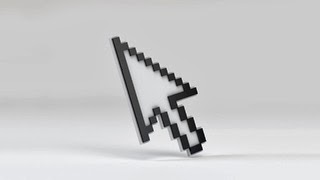It's no Iron Man suit, but if you've got a knack for civil disobedience and often find yourself on the business end of a Taser, the folks at Hackaday discovered that carbon fiber clothing can actually let you shrug off those electric shocks.
To be more specific, they cut open the lining of a sports coat and lined it with endless strips of iron-on no-sew hem tape and carbon fiber tape so that the resulting jacket still had lots of flexibility. The carbon fiber conducts electricity much better than human skin, and since the strips were placed close enough to let the juice flow between them, they were able to dissipate the charge without shocking down the dapper-looking target. This approach could actually be used to line and protect everything from pants, to shirts, to gloves, and if you had the budget, you could probably stitch together entire wardrobes from carbon fiber. Just skip the part where you harden it with epoxy and you should be able to move fine. Not that you would use this power in any situation from which you'd need to run quickly, of course. More here.
To be more specific, they cut open the lining of a sports coat and lined it with endless strips of iron-on no-sew hem tape and carbon fiber tape so that the resulting jacket still had lots of flexibility. The carbon fiber conducts electricity much better than human skin, and since the strips were placed close enough to let the juice flow between them, they were able to dissipate the charge without shocking down the dapper-looking target. This approach could actually be used to line and protect everything from pants, to shirts, to gloves, and if you had the budget, you could probably stitch together entire wardrobes from carbon fiber. Just skip the part where you harden it with epoxy and you should be able to move fine. Not that you would use this power in any situation from which you'd need to run quickly, of course. More here.

















